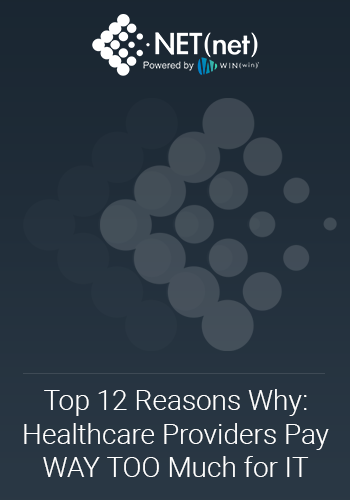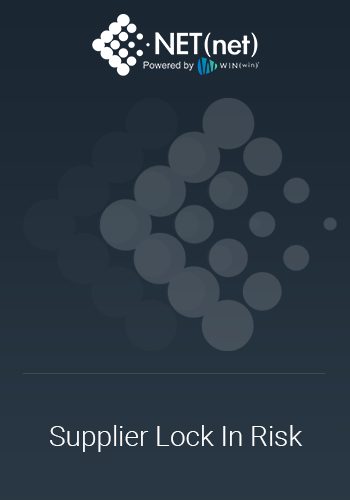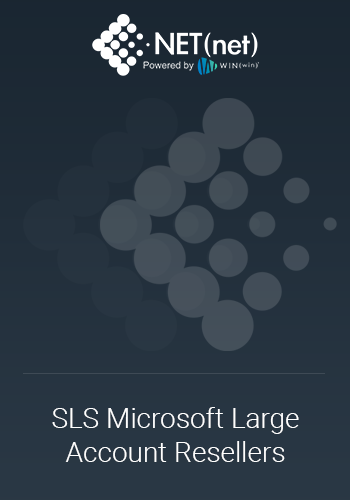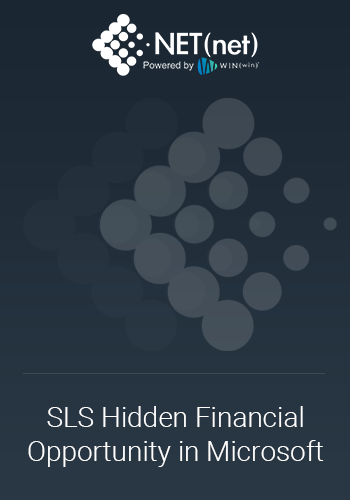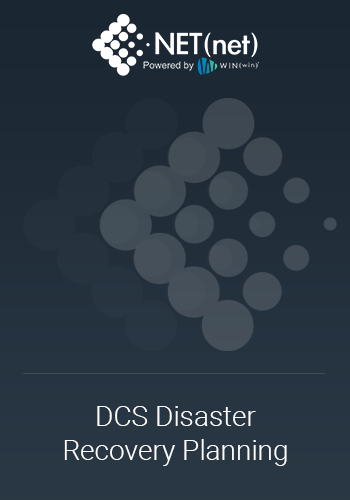The more I work with Cisco lately, the more I’m reminded of the television commercial made famous by the Wendy’s hamburger chain in the United States, wherein an elderly woman and her friends open their giant hamburger bun only to find a tiny piece of meat inside and ask, “Where’s the beef!?” When I review Cisco EA agreements, our clients and I are asking the same question, but in this case the EA is the giant bun and the beef is the value. What’s getting presented to us on this nice Cisco plate appears to be a lot of hamburger (i.e. the “best deal!”), but often when we lift the bun, the value (beef) is elusive and hard to find.
The “Best Deal” EA always has lots of ingredients in it:
- Big number of products – add more as you need
- Big numbers of users – easy to add more
- Hugest – biggest discount %
Cisco is clearly moving the Enterprise Agreements across the board for all their products and, by implication, subscription licensing instead of perpetual licensing to ensure a steady stream of annuity revenue, so now more than ever it’s critically important to ‘deconstruct’ and thoroughly understand your Cisco EA proposals to ensure they make sense for your organization. Each product suite will have different advantages and disadvantages based on your specific and unique needs. Cisco’s EA agreements attempt to bundle everything together in one huge ‘bun’ – and tries to convince you it’s all the burger you’ll ever need. But in the end, you may just pay for a lot of products you don’t need and there is typically no clear line of sight between proposed EA cost and consumption (past and future) of the Cisco products. There are still many cases where a non-EA is more cost effective, so thorough due diligence is not just recommended, but a necessity to mitigate risk of severe over payment and value hemorrhage.
Product applicability becomes the mission. A simple example to illustrate the concept:
Let’s say Acme Corp. buys Cisco’s AMP – Advanced Malware Protection under an EA agreement. In this framework, you are immediately getting charged from day one the full cost under the agreement, even though you may have only deployed 10% of the intended usage. Even if it takes you a year to ramp up to 75% deployment, you’ll be paying for all of it from the start. Ouch.
Now let’s say Acme Corp. purchases AMP as a stand-alone Gold Edition. They might pay $80 per month, per user. In this scenario they only pay for what they need, when they need it. Easy to manage, easy to budget, and easy to plan for; assuming you choose to acquire the licensing entitlement in step with your deployment.
Now extend that concept throughout their entire product suite. You get the idea. Lots of ‘bun’ (many products available that may never be used) but very hard to find the ‘beef’ (the products that are applicable to your needs).
Below we’ll walk through the three main types of EA enrollment types: Unified Communication and collaboration (also referred to as Collaboration Flex Plan) , security, and networking (hardware), with more examples of what to look for in product applicability and value.
Unified Communication and Collaboration
One of the first things to look for here, are Webex conferencing product terms. Most of the time Webex is included but beware of how they charge you for it. They price it based on the number of ‘knowledge workers’ in the organization, and require you license for a certain percentage of them. Clearly this is going to vary from company to company. If you are going to allow this to be included, then be wary of where the value is and how you are defining ‘knowledge-workers’. The number of workers that actually need this will likely vary greatly with what Cisco thinks you need. Again, this really comes down to paying for more than you actually need, thus losing potential value that could be assigned elsewhere.
Security
Security is Cisco’s next frontier, and they are building it through acquisitions over the last few years (Lancope, CloudLock, Observable Networks, Duo Security, Sentryo) which has led to a very soiled feel to the suite of products covering:
- Malware/antivirus
- Firewalls – edge to internet
- Logging
As with the other areas, you may not want or need all of Cisco’s security products. It’s more likely that there are a few that you need, and the rest will end up being virtual shelfware that you are paying needlessly for. But as with the other enrollment types, Cisco will try to up sell and include every security product they have. Why? Because Cisco is trying to build market share in security services and please Wall Street as they diversify beyond the traditional network infrastructure space. Know what you need before committing to what you don’t. There are ways to extract value in these agreements if you know what to look for, but that starts with knowing exactly what you need first so you can ‘deconstruct’ the terms Cisco is putting in front of you.
Networking
Really this is all about the hardware that makes your network run, and the software that manages it all. In the pre-EA days, you bought the perpetual licenses for the software, and purchased SmartNet (also known as Cisco Smart Net Total Care) to keep that hardware up to date and make it easy to replace.
But what if you have all that perpetual software, and Cisco presents you with a subscription-based EA? How are you (and they) valuing all that sunk cost in perpetual licenses that you own, and would now be essentially giving up for rental software? Additionally, now that SmartNet only covers hardware (since you are now renting software), how do you value the equipment they now cover? Hard to know what you should be paying for the SmartNet since you had little to no visibility into what replacements used to cost with old SmartNet.
Summary
In summary of the above, the main areas to be concerned with finding value are:
- Value of future consumption
- Value of perpetual licenses migrating to subscription
- Value of SmartNet hardware maintenance (since there are no more software updates with it)
- What happens at the end of the EA – are you at Cisco’s mercy?
Let me be clear. There is value to be secured with Cisco EA agreements, but without a thorough understanding of how they work and what products you will actually need, there is no doubt that you will overpay and lose substantial budget, leaving you to ask, “Where’s the beef?” These agreements can be complex to deconstruct and find the true value, but it can be done.
NET(net) has the expertise here to help you, and ensure that your risks are mitigated, and long-term interests are secured. Contact us to learn more about how we work with Cisco, or the hundreds of other suppliers around the world since 2002.
Dave Young, SVP of Value Creation, NET(net), Inc.
About NET(net)
Celebrating 17 years, NET(net) is the world’s leading IT Investment Optimization firm, helping clients find, get and keep more economic and strategic value. With over 2,500 clients around the world in nearly all industries and geographies, and with the experience of over 25,000 field engagements with over 250 technology suppliers in XaaS, Cloud, Hardware, Software, Services, Healthcare, Outsourcing, Infrastructure, Telecommunications, and other areas of IT spend, resulting in incremental client captured value in excess of $250 billion since 2002. NET(net) has the expertise you need, the experience you want, and the performance you demand. Contact us today at info@netnetweb.com, visit us online at www.netnetweb.com, or call us at +1-866-2-NET-net to see if we can help you capture more value in your IT investments, agreements, and relationships.
NET(net)’s Website/Blogs/Articles and other content is subject to NET(net)’s legal terms offered for general information purposes only, and while NET(net) may offer views and opinions regarding the subject matter, such views and opinions are not intended to malign or disparage any other company or other individual or group.

